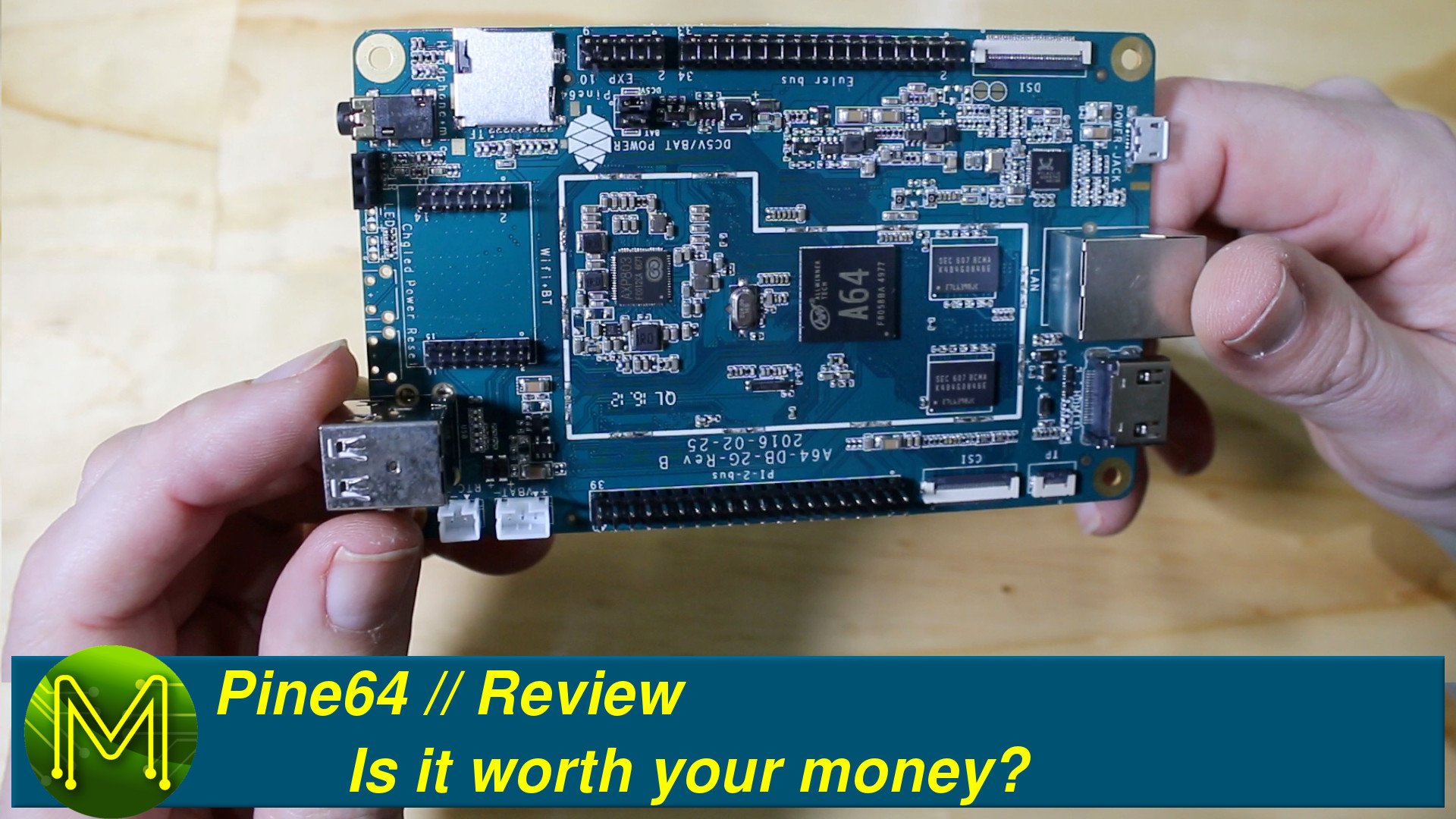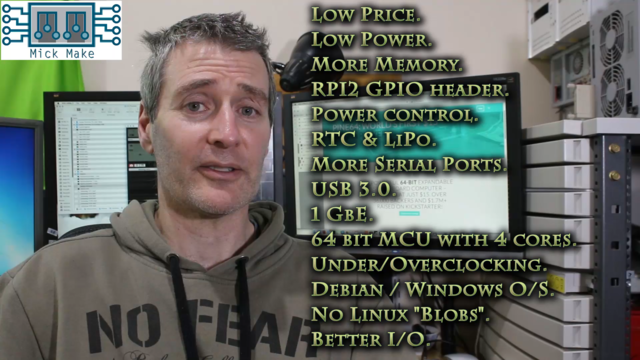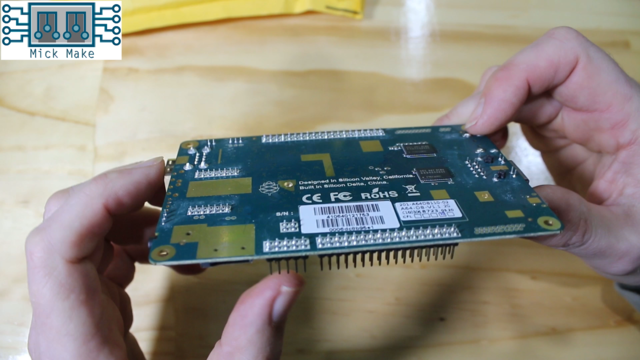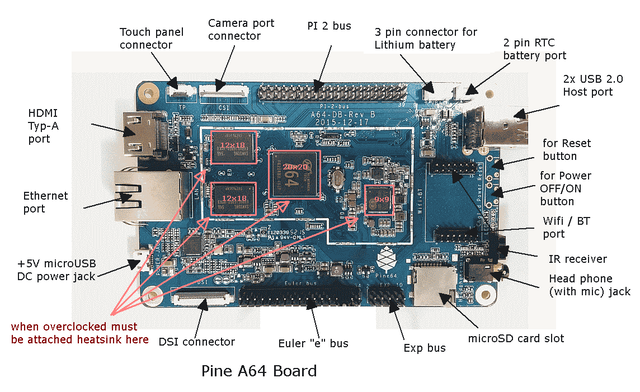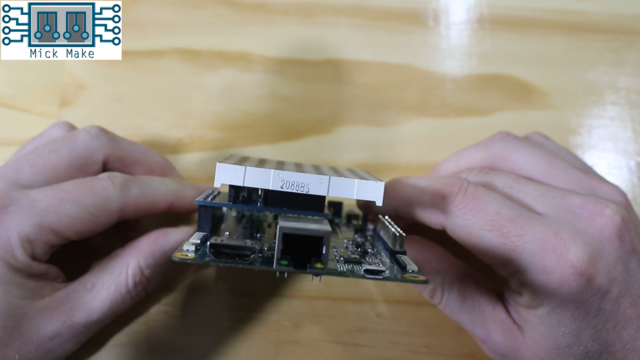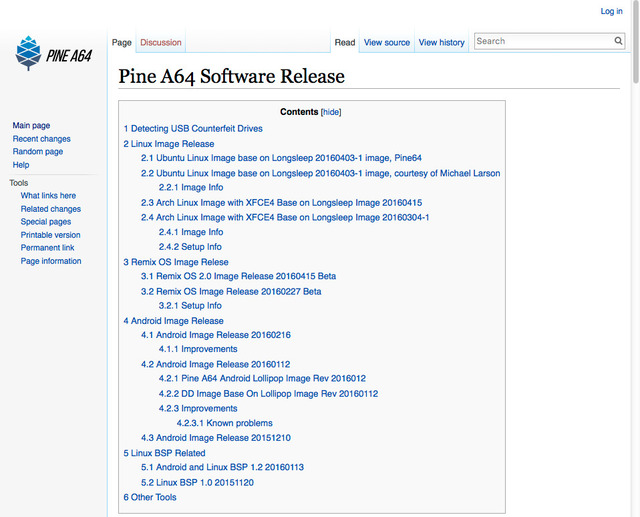Pine64: Is it worth your money? // Review
Is the new Pine64 really worth your had earned money? Can it generate enough momentum to take over the king of SBCs, the Raspberry Pi 3?
In this review we’ll be unboxing and running it through it’s paces to see if it really is worth buying.
The Pine A64 hit KickStarter early 2015, and the interest in it was clear. At this stage the Raspberry Pi 3 wasn’t heard of, so the Pine64 looked promising. It claimed to be the first 64bit SBC for the low price of only $19!
Requirements
The reason for my interest in this board was something that would replace the Raspberry Pi 2. The primary requirements were that it had to be 64bit, quad core, out of the box LiPo and RTC, and could run Linux without issue. Better I/O was also on the table. The full list of requirements were:
Delivery
My Kickstarter Pine delivery was late. Really, this is almost expected of any Kickstarter campaign, so I didn’t find this a problem.
Unboxing
My first impression during unboxing was that it was a fairly polished, professional product and to a large extent it is.
However, this was short lived. My first issue was with how the board was manufactured. It obviously was manufactured in a hurry and even though all solder joints were perfect there was a lot of flux residue left on the board. Something I haven’t seen in many years of buying electronics boards.
The rest of the board looked fairly impressive.
Features
The Pine A64 comes with a seemingly impressive feature list.
- 64 bit quad core ARM A53 CPU running at 1.2GHz.
- Dual core MALI 400 MP2 GPU.
- 2GB SDRAM.
- Micro SD card.
- 1GbE.
- 2x USB 2.0.
- 4k HDMI.
- Audio in/out.
- RTC.
- LiPo battery management.
- IR port.
- DSI port.
- Touch Panel.
- CSI camera port.
- GPI headers for RPI2, Euler ‘E’ bus, and Exp bus.
The wifi/BLE module was supposed to be in the original design, but this was moved early on to be an “optional” module. As you can see from my feature requirements it was lacking in the USB department. The designers should have added at least 1 USB 3.0 port. 2x USB 2.0 ports seems to be a waste of a good opportunity.
The additional GPIO pins are very welcome. The Euler and Exp GPIOs add an additional 4 serial busses, and many more opportunites for expansion. The RPI2 GPIO header is also capable of delivery more current per pin than the standard Raspberry Pi.
So apart from the USB2.0 dissapointment; still looked good.
Software
These days, the software is where a lot of SBC companies rely on “community effort”. The one great aspect of the Raspberry Pi is that the board was delivered with fairly mature software, which created a lot of initial momentum. You simply can’t just create a board and hope that the community will “pick it up”.
It just doesn’t work that way.
However, you can try out Android, Remix, Ubuntu, and Debian O/S on your Pine. As we will see later YMMV.
There seems to be a huge amount of effort from Longsleep, (Simon Eisenmann), and without his work the Pine 64 would be still in the land of…. well nowhere, and yet there seems to be little input from the Pine64 camp. Personally I would have expected a little more effort.
Seems there is a bad taste developing.
This bad taste started to get worse with the “common 5 issues” that are plaguing the Pine64. For some reason I hit all of them: 1. Power pack: You really really need a power pack capable of delivering at least 2.0A. Anything under that and you won’t even get to first base. Even then I’d suggest using a 2.5A power pack at the very least. 2. Fake SD cards: Probably not the fault of Pine64, but it seems to be very sensitive to fake SD cards. You can use the “h2testw” for Windows, or “F3” for Mac to test your SD card for this issue. 3. HDMI port: Apparently you can’t use any adaptor with the Pine. That is; anything that converts HDMI to VGA/DVI. It will not work. So if you only have DVI monitors like me, you’re outta luck! A handy TV will suffice, but this is a pain to say the least. 4. LED colours: Frankly RED generally means bad. Green OK. Using a red LED to indicate correct functionality of a board is… a little awkward. 5. Network drivers: Apparently the ethernet drivers aren’t quite so mature forcing me to do a “mii-tool -F 100baseTx-HD eth0” which forces the NIC into 100Mbit half duplex mode. Whaaaat?
So this is the problem. The marketing on their website indicates that it’s a “Supercomputer”, “IoT Device”, “Laptop”, “Tablet”, “Gaming Machine”. Clearly the average person will give up on the Pine64 when faced with these issues. Bear in mind I only tested Linux and apparently Android is a lot more mature. No surprise there since there is some cash investment into getting it working.
Now the bad taste is getting a whole lot worse. Not to belittle LongSleep’s efforts. This guy is a machine! However, there seems to be a general lack of effort from Pine64. Not good, Pine64!
Performance
So how did a simple test video compare? I booted up, and attempted to play my MickMake Promo video. Alas, I didn’t even get past the opening frame. This turned out to be the fact that there is actually no graphics driver available for Linux yet! Wow.
Lemon anyone?
After all these issues I frankly gave up testing further. Maybe later in the year I might visit it again.Conclusion
Unfortunately, the Pine64 company didn’t realize the impact of the market and was quite literally swamped in a sea of backers, complaints, production, software and delivery issues. I have to commend them for trying though, but it’s a tough gig trying to compete in the SBC market. Meanwhile, while the Pine64 company was struggling just trying to get the damn thing out the door for the backers, the Raspberry Pi 3 arrived and completely trumped their glory.
Sad, but true. Even though the Pine64 held a lot of promise it arrived too late. Now with the Raspberry Pi 3 here the only redeeming feature of the Pine64 is it’s onboard RTC and LiPo battery management, and it’s additional serial ports. Only 2x USB ports? Bah!
Sorry, seems I’m still a Raspberry Pi fan boy, and the Pine64 might just sit there in my “bit bucket” to gather dust.
Links
Pine64 Pro community website and downloads page - Go here to get your O/S images.
Longsleep, (aka Simon Eisenmann) on GitHub - The guy who’s doing it all.
h2testw SD card testing software for Windows - If you think you have a fake SD card.
f3 SD card testing software for Mac - If you think you have a fake SD card.
Pine64 O/S downloads - This just redirects to pine64.pro anyway.
Official Pine64 website - For further info.
Pine64 forums - You might find yourself spending a lot of time on here.
Want to see the initial review and review update videos and website articles?
First update video and website article Second update video and website article

